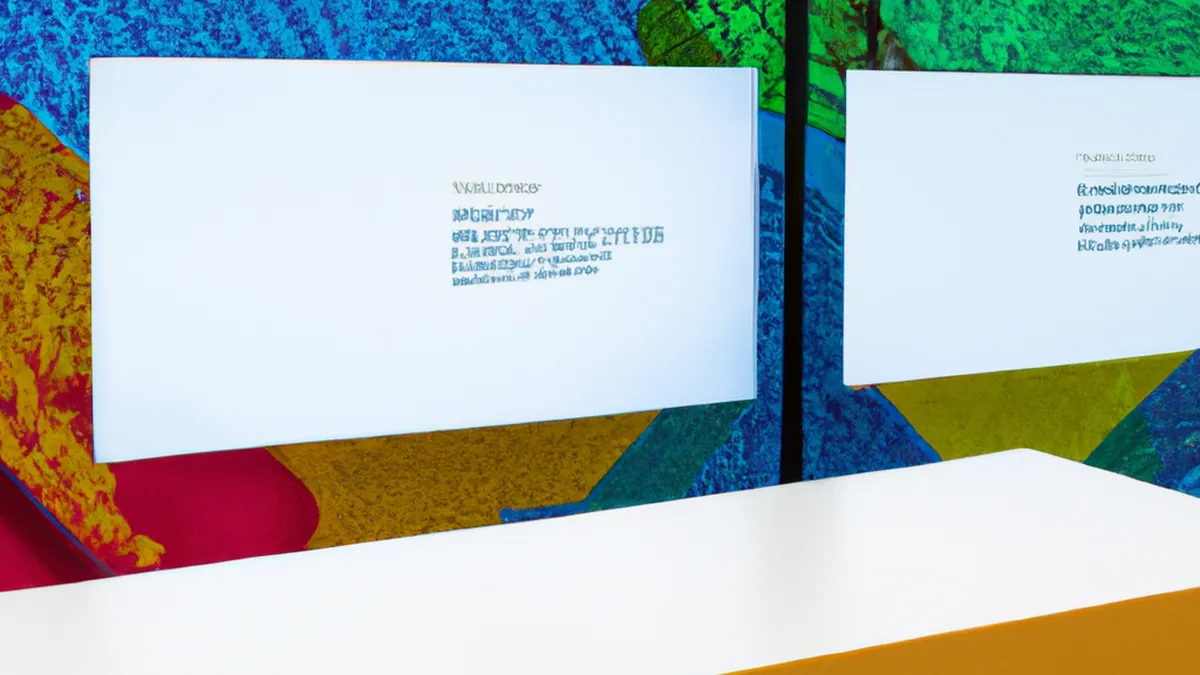Tailor Training Strategies to Fit Local Contexts
How to Leverage Local Culture to Enhance Zone 2 Training Offerings
Zone 2 training has become popular among fitness enthusiasts and professionals. This method focuses on aerobic conditioning, endurance improvement, and fat metabolism optimization. Trainers can enhance their Zone 2 programs by incorporating local culture. Local elements make offerings more appealing and relatable, attracting diverse clients. Here’s how to leverage local culture effectively.
Understanding Your Local Culture
Every community has its unique culture, including traditions, values, and activities. To create a successful Zone 2 training program, immerse yourself in these cultural aspects. Attend community events, visit local markets, and engage with residents for valuable insights.
Research Local History
Local history shapes training programs significantly. If your area has a strong athletic tradition, celebrate it through your offerings. Organize events honoring local athletes or historical sports achievements. Use local legends to inspire training sessions, creating a motivational atmosphere for participants.
Identify Local Activities
Explore popular activities in your area. Hiking, biking, dancing, or unique sports can enhance your Zone 2 training sessions. If your community features beautiful hiking trails, organize group hikes that maintain the Zone 2 heart rate. This approach allows participants to enjoy natural beauty while getting fit.
Incorporating Local Fitness Trends
Every region has unique fitness trends shaped by community interests. Stay updated on popular activities to tailor your Zone 2 training programs effectively. This may include yoga, martial arts, or local dance styles like Zumba or salsa.
Tailor Workouts to Local Interests
Once you identify local fitness trends, adjust your workouts accordingly. If yoga is popular, add yoga elements to your training sessions. A hybrid program combining Zone 2 training with yoga flows can enhance flexibility and improve recovery times. Participants will appreciate exploring different modalities while focusing on their Zone 2 conditioning.
Offer Workshops Featuring Local Experts
Invite local fitness experts to lead workshops in your training program. These experts provide insights into local fitness trends and techniques that resonate with the community. Partnering with well-known local figures adds credibility to your offerings and enhances perceived value. It fosters community bonds, as participants appreciate learning from recognized figures.
Engaging with the Community
Building strong community ties enhances your Zone 2 offerings. Engage with locals to strengthen connections and encourage participation.
Conclusion
Incorporating local culture into Zone 2 training creates relatable and appealing programs. Trainers can connect better with their communities and attract diverse participants.
Below are related products based on this post:
FAQ
What is Zone 2 training and why is it important?
Zone 2 training focuses on aerobic conditioning, endurance improvement, and optimizing fat metabolism. It is essential for enhancing overall fitness, as it helps individuals build a strong aerobic base, which is crucial for performance in various physical activities.
How can local culture be integrated into Zone 2 training programs?
Local culture can be integrated by immersing trainers in community traditions, values, and activities. This can involve organizing events that celebrate local athletic history, incorporating popular local activities like hiking or biking into training sessions, and adjusting workouts to include local fitness trends such as yoga or dance styles.
What are the benefits of involving local experts in Zone 2 training?
Involving local fitness experts in training programs adds credibility and value to the offerings. These experts can provide insights into community interests and trends, fostering bonds within the community. Participants appreciate learning from recognized local figures, which can enhance their motivation and engagement in the training sessions.















Post Comment